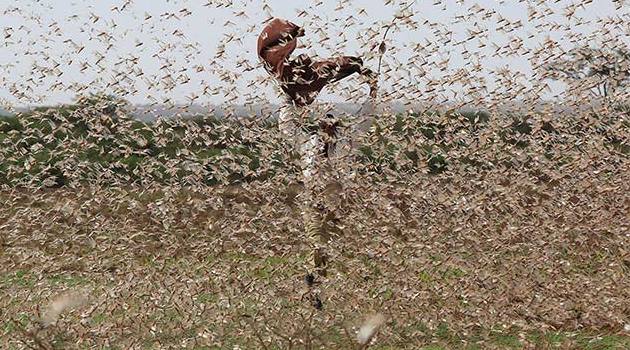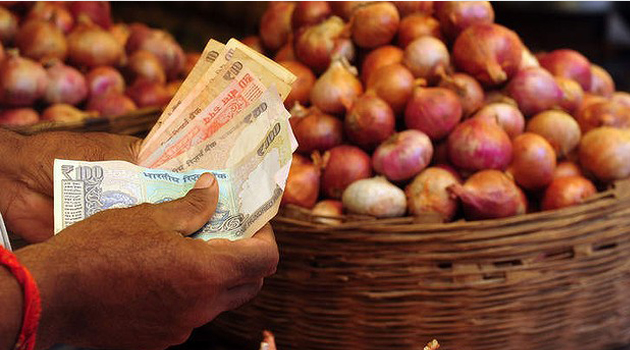
The Government has set aside a Sh230 million budget to fight the menace, which if not stopped might affect the country’s food security. Areas worst hit include the Northern part of the country in a fast spreading problem that originated from the Red Sea coast/FILE
NAIROBI, Kenya, Jan 23–Lobbyists have called on the government to adopt new methods to control the desert locust invasion that has occurred in different parts of the country.
Everlyne Samita, a member of the Entomology Society of Kenya says too much spraying is hazardous to the environment.
“Our humble request is that instead of leaving the farmers to be spread the way they want, the government should consider training spray services people who will offer the services so that they are not abused,” said Samita.
To compliment the government’s efforts, she has urged farmers in the affected areas to try harvest the locusts instead of just scaring them away.
While scaring them seems to be a solution, she says this only transfers the problem to another area.
“The counties affected should avoid the shock and the noise and maybe consider harvesting the locusts which can be used as livestock feeds,” she added.
The government has set aside the Sh230 million budget to fight this menace which if not stopped will affect the country’s food security.
Areas worst hit include the northern part of the country in a fast-spreading problem that originated from the Red Sea coast.
Kitui County has been the latest to be reported with a swarm of locusts seen in Tsiekuru, Mulungoni, and Mwingi North Game Reserve.
The invasion adds to eight the number of counties infested so far, Baringo County is the latest county on the lift of affected counties.
Another swarm was reported in Laikipia and Meru counties on January 13.
Mandera, Wajir, Marsabit, Isiolo, Garissa, and Samburu counties were grappling to contain the menace which was confirmed on January 9.


































